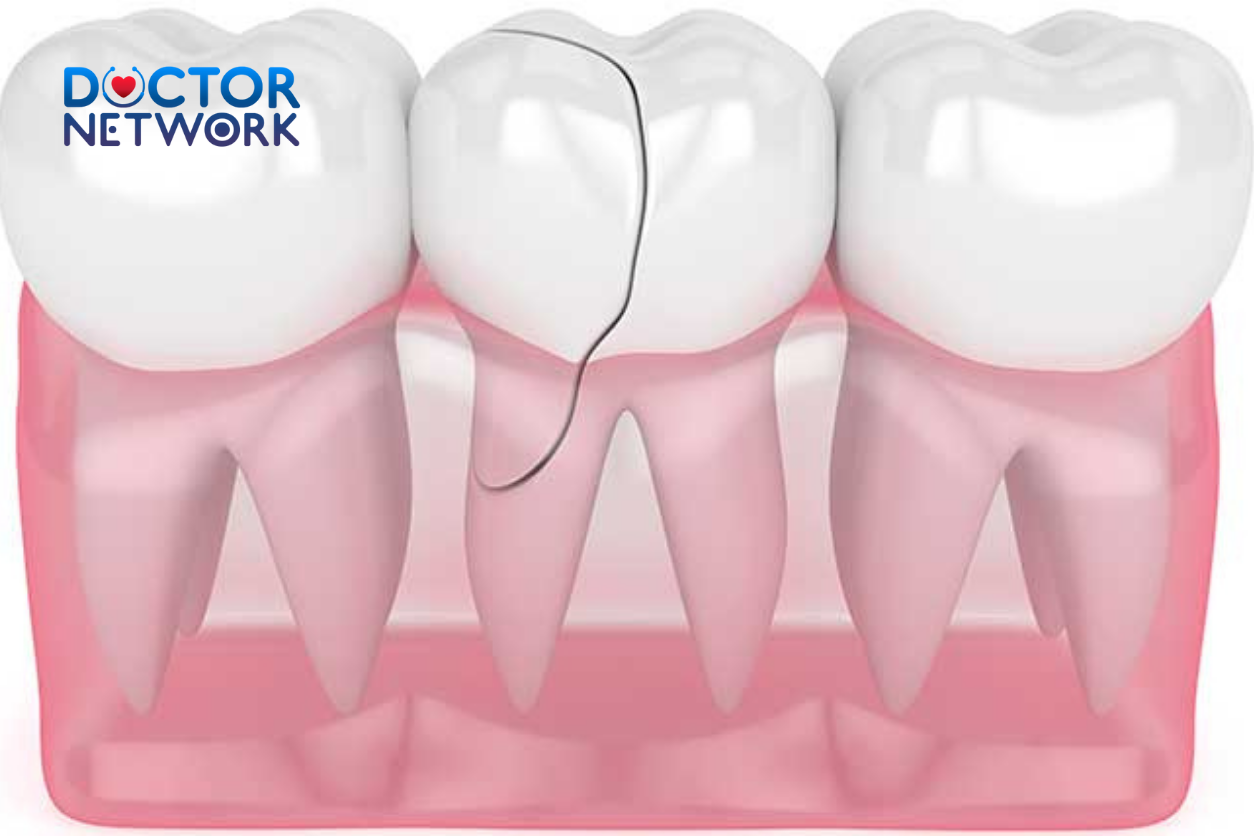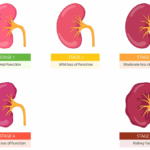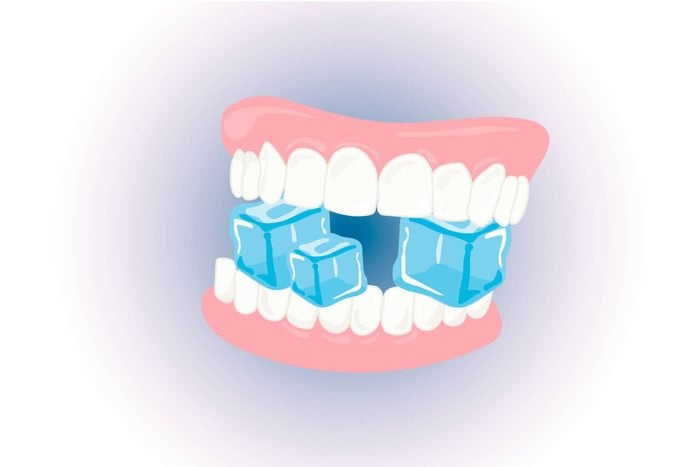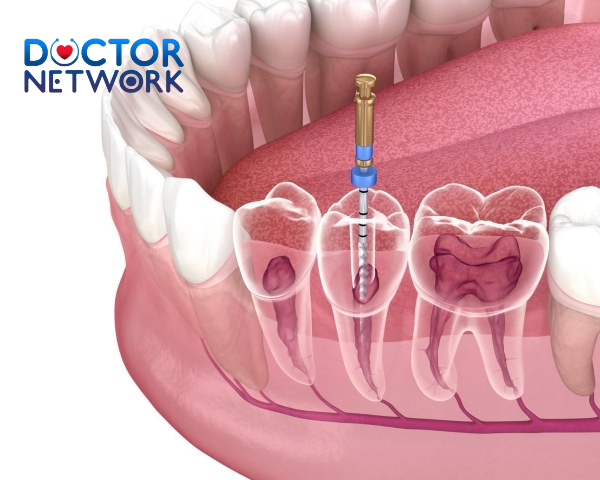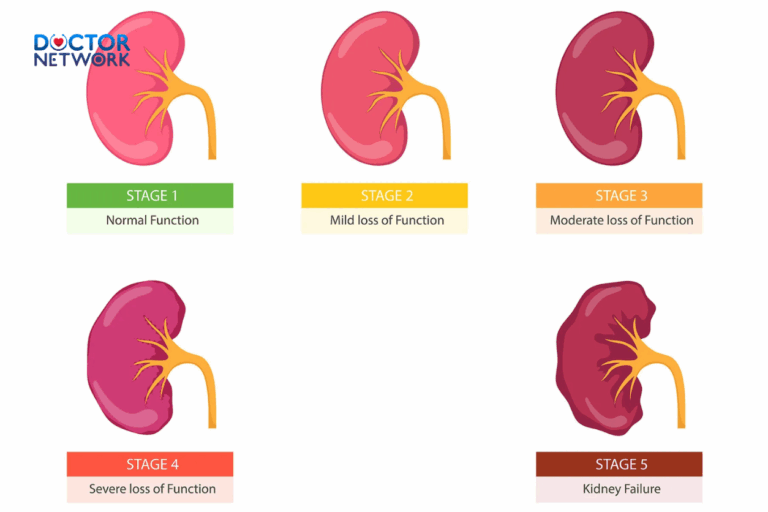The alarming crack of tooth enamel or sudden sharp pain when biting down often sends people searching frantically for natural remedies for a cracked tooth, chipped tooth, or broken tooth before seeing a dentist. How to fix a cracked tooth naturally – This dental emergency creates immediate anxiety as you seek temporary relief and possible home treatments. While the urge to find quick fixes is understandable, understanding the difference between temporary symptom management and true dental repair is crucial for your oral health. This guide explores effective temporary measures for tooth pain and tooth sensitivity, evaluates popular home remedies, and explains why professional dental intervention is almost always necessary for structural tooth damage.
Understanding Different Types of Tooth Damage
Dental fractures vary significantly depending on which structures of the tooth are affected. A tooth consists of several layers: the hard outer enamel, the underlying dentin, the central pulp containing blood vessels, and the nerve. When these structures are damaged, different symptoms and complications can arise.
Dental professionals categorize tooth damage into several types:
- Craze lines: Superficial cracks affecting only the enamel
- Fractured cusp: Break in the chewing surface, often around a filling
- Cracked tooth: A crack extending from the chewing surface toward the root
- Split tooth: Complete separation of tooth segments
- Vertical root fracture: Crack beginning in the root and extending upward
The type and severity of the crack determine what treatment is needed and whether natural methods might provide temporary relief.
Recognizing Signs & Symptoms
Cracked teeth present with distinctive warning signs that shouldn’t be ignored. Common symptoms include:
- Sharp pain when biting or releasing bite pressure
- Intermittent sensitivity to hot, cold, or sweet foods and drinks
- Inconsistent discomfort that’s difficult to pinpoint
- Swelling around the affected tooth or gum
Beyond physical symptoms, dental fractures often cause anxiety about unpredictable pain, disrupted eating patterns, and difficulty speaking comfortably. These impacts highlight why addressing even seemingly minor cracks extends beyond just physical concerns.
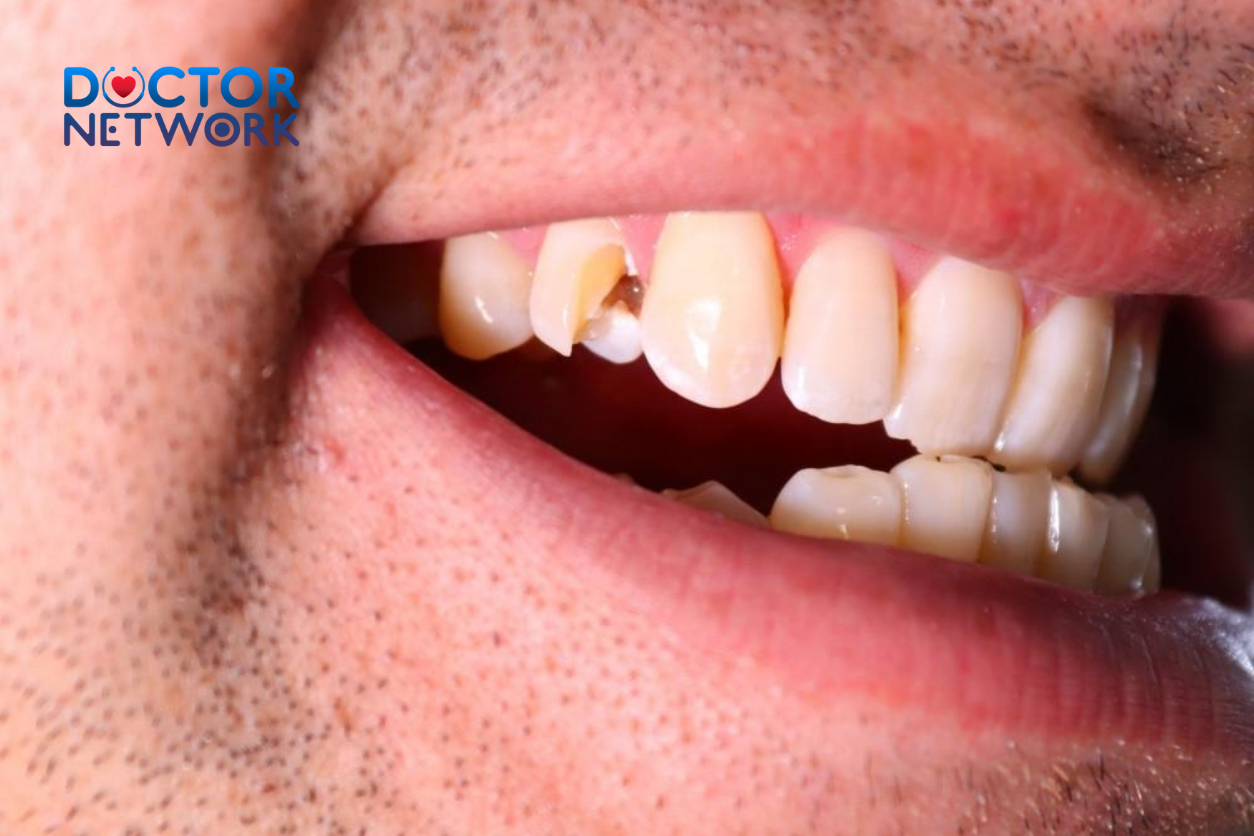
How to Fix a Cracked Tooth Naturally – Recognizing Signs & Symptoms first
How to Fix a Cracked Tooth Naturally? – Immediate Home Care & Temporary Measures
How to Fix a Cracked Tooth Naturally? – Emergency self-care measures can provide critical symptom management while awaiting professional treatment, though they cannot repair structural damage. When faced with a cracked tooth emergency, these temporary interventions can help:
- Rinse gently: Swish warm saltwater solution to cleanse the area
- Apply cold compress: Use an ice pack externally to reduce swelling
- Take pain relievers: Use over-the-counter medications like ibuprofen as directed
- Cover sharp edges: Apply dental wax or sugar-free gum to protect soft tissues
- Use temporary dental cement: Commercial dental repair kits can provide very short-term protection
Remember that these measures constitute crisis management, not dental repair. While implementing these steps:
- Avoid chewing with the affected tooth
- Stick to soft foods at moderate temperatures
- Continue gentle brushing of other teeth while avoiding the damaged area
When Natural Methods Fail: The Need for Professional Care
Unlike living tissues such as skin or bone, dental structures lack cellular regenerative capabilities, making professional intervention essential for true structural repair. Dental enamel and dentin cannot heal from a crack like other body tissues can.
Scenarios requiring immediate professional dental care include:
- Severe pain unmanageable with over-the-counter analgesics
- Visible fracture lines extending below the gumline
- Tooth mobility or looseness
- Gingival swelling or signs of infection
- Accompanying symptoms like fever
While acknowledging the necessity of professional treatment, it’s important to address barriers many patients face, including financial constraints and dental anxiety. Resources like community dental clinics such as Onyx Dental or Almond Dental and dental schools offering reduced-cost services provide alternatives for those with access challenges.
Debunking “Natural Fixes”
Despite numerous online claims, no natural remedy can structurally repair a cracked tooth. Popular remedies often promoted include:
| Natural Remedy | Actual Effectiveness | Limitations |
|---|---|---|
| Oil pulling | May temporarily reduce bacteria | Cannot repair structural damage |
| Turmeric paste | May provide mild anti-inflammatory effects | Cannot restore tooth integrity |
| Salt water rinses | Can reduce bacteria and soothe tissue | Cannot seal or heal cracks |
| Propolis application | May temporarily reduce sensitivity | Cannot bond tooth fragments |
| Essential oils | May provide temporary pain relief | Cannot repair structural damage |
While some natural approaches support overall oral health and hygiene, they cannot provide dental repair for structural cracks. Dental professionals universally agree that relying solely on these methods for a true fracture delays necessary treatment and risks greater complications.
Having a cracked tooth greatly disrupts daily activities
Professional Dental Solutions
Professional dental treatment begins with accurate diagnosis through visual inspection, special dyes, transillumination, and radiographs. After proper assessment, treatment options may include:
- Dental bonding: Composite resin to repair minor chips or cracks
- Dental filling: Often combined with bonding if the crack is near an existing filling
- Veneer: Custom shell covering the front, usually for aesthetic cracks on front teeth
- Dental crown: A cap covering the entire tooth, very common for cracked teeth
- Root canal treatment: Necessary if the crack reaches the pulp or nerve
- Extraction: If the tooth is unsalvageable
The dentist will select the most appropriate treatment based on the diagnosis, crack location, your overall oral health, and budget considerations. Most dental insurance plans provide at least partial coverage for these procedures, especially when they’re deemed necessary rather than purely cosmetic.
Risks of Leaving a Cracked Tooth Untreated
Ignoring a cracked tooth can lead to progressive, serious complications. Without treatment:
- The crack propagates and worsens over time with normal chewing forces
- Bacteria can enter the pulp, leading to infection, severe pain, and potentially an abscess
- The tooth structure continues to weaken, increasing the risk of complete fracture
- More complex, expensive procedures like root canal therapy or extraction ultimately become necessary
The American Association of Endodontists reports that untreated tooth fractures are among the leading causes of tooth loss in adults over 40, emphasizing the importance of timely intervention.
Preventing Cracks and Chips
Proactive measures can significantly reduce your risk of dental fractures. Prevention strategies include:
- Avoid chewing excessively hard foods like ice, hard candy, or unpopped popcorn kernels
- Never use teeth as tools for opening packages or biting fingernails
- Wear a custom-fitted mouthguard during sports activities
- Use a night guard if you clench or grind your teeth during sleep
- Maintain regular dental checkups to identify and address early warning signs
- Practice good oral hygiene to keep teeth strong and resilient
Aftercare and Maintaining Your Repaired Tooth
Proper aftercare is essential for maximizing the longevity of professional dental repairs. Follow these guidelines after treatment:
- Follow all post-treatment instructions provided by your dentist
- Be particularly careful about chewing hard foods with the repaired tooth
- Continue excellent oral hygiene practices, including gentle brushing and regular flossing
- Attend follow-up appointments to ensure the repair remains intact
- Consider using a sensitivity-reducing toothpaste if mild discomfort persists
Conclusion “How to Fix a Cracked Tooth Naturally”
While temporary “natural” steps can provide symptomatic relief for a cracked tooth, they offer no structural solution to the underlying damage. Seeking prompt professional evaluation and dental repair from a qualified dentist is the only effective way to save the tooth, prevent complications, and restore long-term oral health. Remember that delaying necessary treatment almost always leads to more extensive an
d expensive procedures down the road. Prioritize your dental health by combining appropriate temporary measures with timely professional care for the best outcomes when dealing with tooth fractures.
5 common questions about How to fix a cracked tooth naturally?
How can I treat a small cracked tooth naturally?
Rinse with warm salt water and apply diluted clove oil to reduce pain and inflammation. Eat soft foods and avoid chewing on the cracked tooth.
Do cracked teeth always need to be pulled?
No, minor cracks can be fixed with fillings or crowns. Severe cracks affecting the root may require extraction.What does a cracked tooth feel like?
You may feel sharp pain or sensitivity when biting or with hot/cold foods. The tooth surface might feel rough or uneven.Can a cracked tooth heal naturally?
No, teeth don’t heal cracks on their own. Natural remedies only relieve symptoms until professional treatment is done.
How to care for a cracked tooth before seeing a dentist?
Rinse with salt water, eat soft foods, avoid biting hard, and use dental wax or sugar-free gum to cover sharp edges. Take pain relievers if needed.
Natural methods help with pain and infection but always see a dentist for proper repair.
Scientific evidence
Saltwater Rinse:
Claimed Benefit: Cleanses the mouth, reduces inflammation, mild antiseptic.
Scientific Context: Saltwater rinses can create a less hospitable environment for some bacteria and may help soothe inflamed gums. They are a good adjunct to oral hygiene.
Relevance to Cracked Tooth: Can help keep the area around a cracked tooth cleaner, potentially reducing irritation or the risk of secondary infection. It will not heal the crack.
Source Example (for general oral hygiene benefits):
A study by Reddy S. et al. (2010), “Effect of 0.2% chlorhexidine and sodium chloride mouthrinses on plaque, gingivitis and plaque bacterial GCF elastase,” published in the Journal of Indian Society of Pedodontics and Preventive Dentistry, found that saltwater rinses can reduce plaque and gingivitis.
Link (Abstract/Article): https://pubmed.ncbi.nlm.nih.gov/20616489/ (This study compares it to chlorhexidine, showing both have effects).
Clove Oil (Eugenol):
Claimed Benefit: Natural analgesic (pain reliever) and antiseptic.
Scientific Context: Eugenol, the active component in clove oil, has well-documented analgesic and antibacterial properties. It’s historically been used in dentistry.
Relevance to Cracked Tooth: Can provide temporary relief from pain caused by an exposed crack. It will not repair the crack.
Source Example (for analgesic properties):
Alqareer, A., Alyahya, A., & Andersson, L. (2006). “The effect of clove and benzocaine versus placebo as topical anesthetics.” Journal of Dentistry, 34(10), 747-750. This study found eugenol-based gel to be as effective as benzocaine for topical anesthesia.
Link (Abstract/Article): https://pubmed.ncbi.nlm.nih.gov/16530911/
Oil Pulling (e.g., with Coconut Oil):
Claimed Benefit: “Detoxifies,” reduces bacteria, improves oral health.
Scientific Context: Some limited studies suggest oil pulling may reduce plaque and certain oral bacteria (like Streptococcus mutans), comparable to some antiseptic mouthwashes.
Relevance to Cracked Tooth: May contribute to general oral hygiene. There is no evidence it can heal a cracked tooth.
Source Example (for effects on plaque/gingivitis):
Asokan, S., Emmadi, P., & Chamundeswari, R. (2009). “Effect of oil pulling on plaque induced gingivitis: a randomized, controlled, triple-blind study.” Indian Journal of Dental Research, 20(1), 47-51.
Link (Abstract/Article): https://pubmed.ncbi.nlm.nih.gov/19336860/
Mineral-Rich Diet (Calcium, Phosphorus, Vitamin D, Vitamin K2):
Claimed Benefit: Strengthens teeth, promotes remineralization.
Scientific Context: These nutrients are crucial for the development and maintenance of strong bones and teeth. Diet can influence the tooth’s ability to resist demineralization (the first step in cavity formation) and support remineralization of very early, microscopic lesions (not cracks).
Relevance to Cracked Tooth: A good diet supports overall tooth health and strength, potentially making teeth less prone to cracking. However, it cannot repair an existing physical crack. Remineralization processes are not sufficient to mend a structural break.
Source Example (foundational work on diet and dental health):
Price, W. A. (1939). Nutrition and Physical Degeneration. Paul B. Hoeber, Inc. (While old, this is a classic text linking traditional diets to dental health. The Weston A. Price Foundation promotes these principles).
Link (Information about the book/foundation): https://www.westonaprice.org/health-topics/dentistry/nutrition-and-physical-degeneration/ (Note: This foundation promotes specific dietary viewpoints; consult with healthcare professionals for individual advice).
Kiểm Duyệt Nội Dung
More than 10 years of marketing communications experience in the medical and health field.
Successfully deployed marketing communication activities, content development and social networking channels for hospital partners, clinics, doctors and medical professionals across the country.
More than 6 years of experience in organizing and producing leading prestigious medical programs in Vietnam, in collaboration with Ho Chi Minh City Television (HTV). Typical programs include Nhật Ký Blouse Trắng, Bác Sĩ Nói Gì, Alo Bác Sĩ Nghe, Nhật Ký Hạnh Phúc, Vui Khỏe Cùng Con, Bác Sỹ Mẹ, v.v.
Comprehensive cooperation with hundreds of hospitals and clinics, thousands of doctors and medical experts to join hands in building a medical content and service platform on the Doctor Network application.





